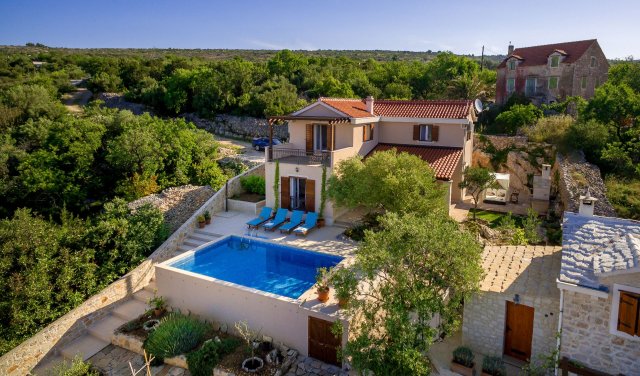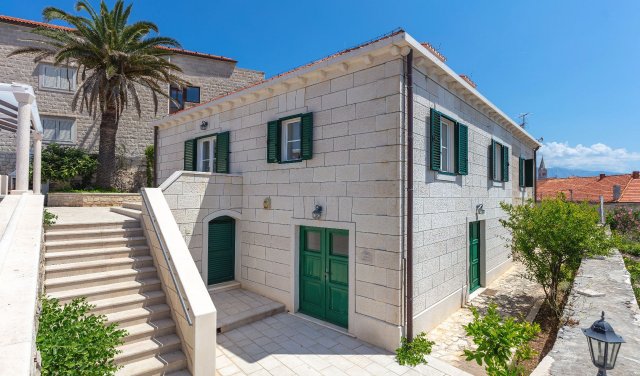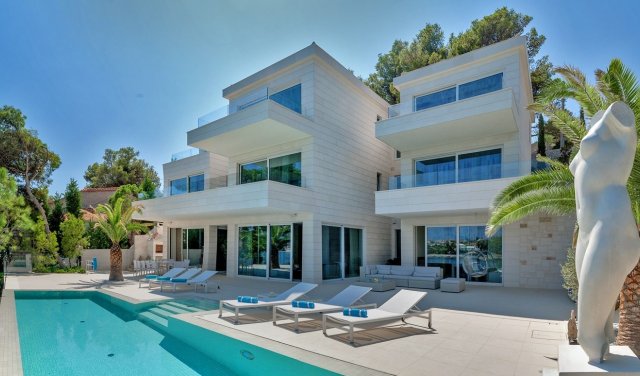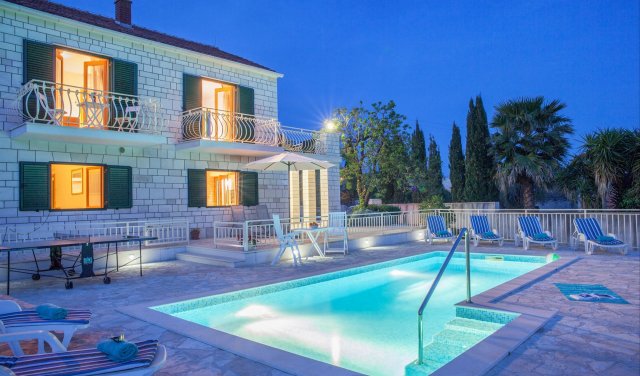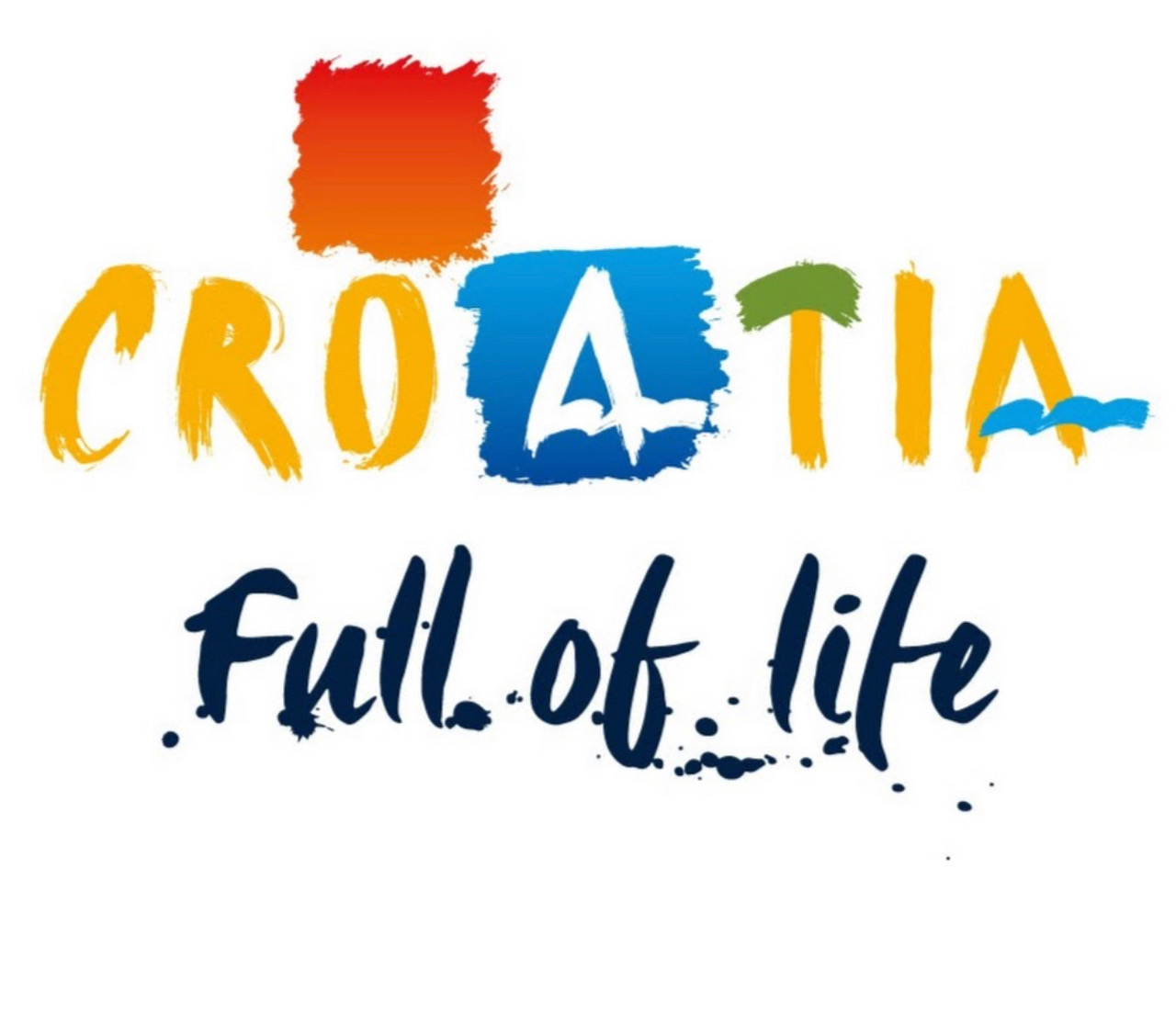Island Brač
DESCRIPTION: Anchor The total length of the coast of the island of Brač is 175 km, and it is characterized by indentation, especially with numerous deep and attractive bays in the northeastern and southwestern part of the island. The northern coast is lower and more indented, while the southern one is steeper and largely undiluted. There are two areas on the island: lower coastal around the whole island (up to 170 m in height), medium plateau away from the coast (up to 400 m) and high mountain. Vidova gora, 778 m high, is the highest hill on the Adriatic islands. There are no rivers or streams on the island, and only a few smaller sources of fresh water and about 300 coastal springs and springs that have more or less salt (brackish) water. In an earlier geological formation, about a million years ago, when Brač was part of the mainland, the river (Cetina) ran along its length, from east to west, cutting deep canyons that are still characteristic of this island. Climate - The geographical position of the island, the influence of the sea, the action of the nearby mainland and the relief of the island of Brač determine its climate. It is a Mediterranean climate with relatively mild winters when the temperature rarely drops below 0 ° C (the lowest winter temperature in the last 30 years was -6 ° C), and warm summers, which are still cooled by a pleasant wind mistral. This is the so-called "olive climate", with the warmest month being July (average temperature 24.5 ° C) and the coldest January (7 ° - 8.5 ° C), with a central annual coastal temperature of 15 ° - 16 ° C, while the temperature in the interior, at a higher altitude, is somewhat lower. The island of Brac is one of the sunniest areas on the Adriatic. Bol, on the south side of Brač, has an average of 134 clear and 88 cloudy days a year, and Sutivan on the north side has 110 clear and 92 cloudy days. According to the number of about 2600 hours of sunshine a year, Brac is between Split and Hvar. Otherwise, precipitation on Brač is twice as abundant in the interior and in the eastern part of the island than in the coastal belt and in the western part. In the interior there is frequent summer precipitation, and along the coast winter. In the winter season, the most common winds on the island are cold and dry bora (NE) and warm and humid jugo (SE), which usually blow for several days in a row. The winter bora is stronger on the northern coast of the island, and very strong in Povlja and Pučišče, where it blows from Vrulja below Biokovo. In the summer season, the almost daily wind is the mistral (SW) which blows from the sea during the day and alleviates the daily heat. In the evening, a fresh breeze blows from the interior of the island, especially in the valleys and bays. Sea - Along the coast of Brac, the sea is relatively warm: in August from 21-25 ° C, and in February from 11-14 ° C.






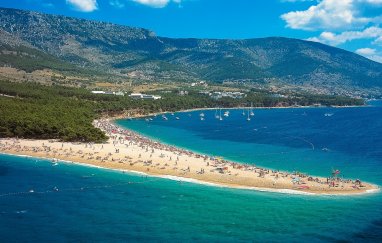
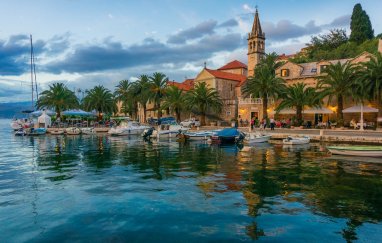
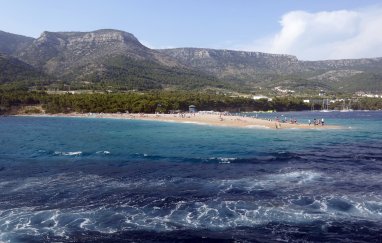
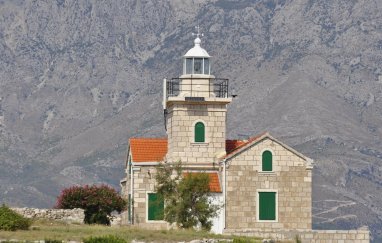
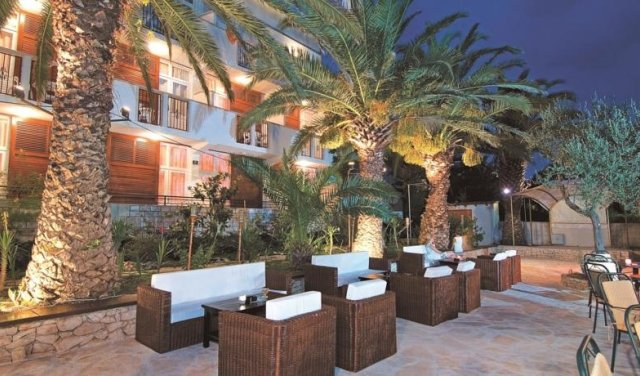



 No
No No
No